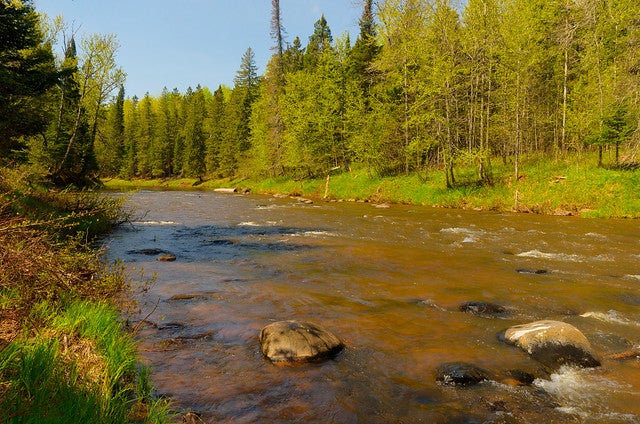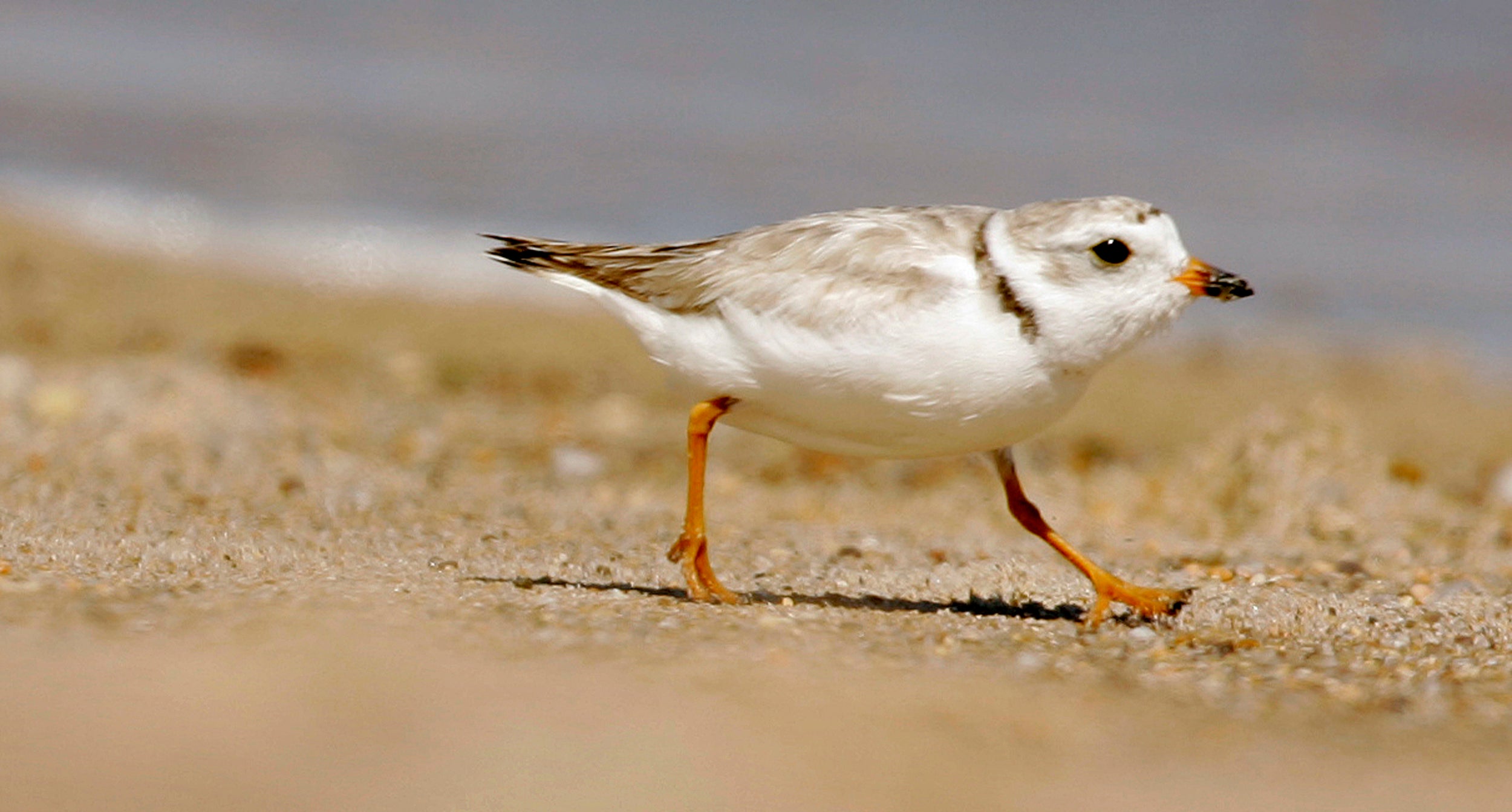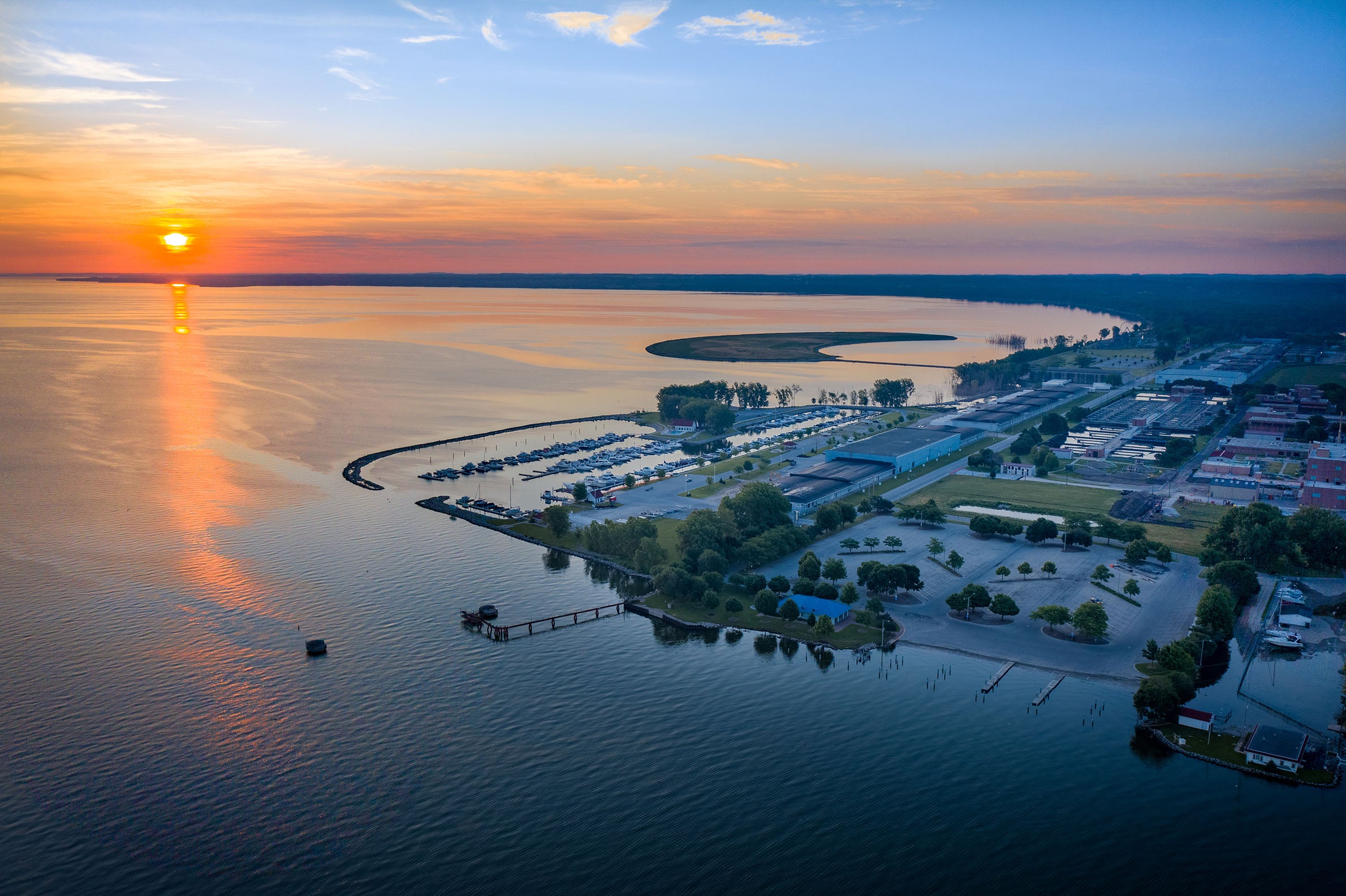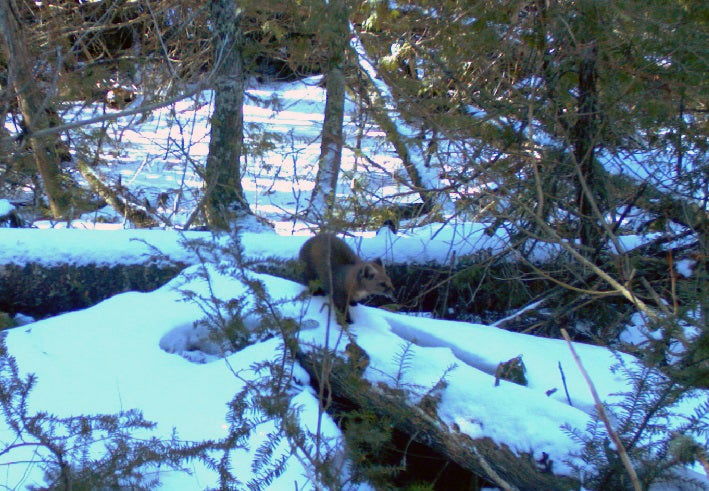The state will add a half-mile of shoreline to the Brule River State Forest that will expand public access to Lake Superior and protect habitat for an endangered shorebird.
In April, the Natural Resources Board approved the acquisition of almost 200 acres of private land within the Brule River State Forest in Douglas County. The land purchase is made possible with a $528,000 in funding under the Great Lakes Restoration Initiative and a $52,800 donation from the Landmark Conservancy Trust.
Rick Remington, executive director of Landmark Conservancy, said the nonprofit land trust worked with the landowner over several years to preserve the property.
Stay informed on the latest news
Sign up for WPR’s email newsletter.
“A half a mile on Lake Superior for sale with a landowner who was awesome and willing to work with and being so patient to give us umpteen years to put all this together is pretty amazing,” Remington said. “Properties like this can get snapped up really quick and disappear overnight.”
The project is part of the state’s efforts to protect the Brule River watershed and coastal habitat along Lake Superior. The purchase will result in a contiguous three-mile corridor along Lake Superior extending from the Bayfield County line to the Bois Brule River, according to Jim Lemke, real estate section chief for the Wisconsin Department of Natural Resources.
“It’s an area that’s very popular with tourists, with people that like to go out and hike, enjoy canoeing and fishing along the Brule River or just walking along the beaches of Lake Superior,” Lemke said. “So, it really aligns with existing land ownership that the department already has.”

The property adds to the roughly 47,000 acres of state-owned land within the Brule River State Forest. All 44 miles of the Brule River, one of the state’s best-known trout streams, runs through the state property. The land will be open to the public for hunting, fishing, trapping, hiking and cross-country skiing.
Lemke said the half-mile of shoreline is also suitable habitat for the piping plover, a shorebird that’s endangered in Wisconsin and the Great Lakes region. The DNR will protect habitat for the bird on the property.
“That might include actually fencing off areas where they could be nesting to protect this important species,” Lemke said.
While the bird likely nested there in the past, Remington said it’s unclear if piping plovers have nested on the beach in recent history.
“That depends on a lot of things, including lake levels of Lake Superior,” Remington said. “Right now, Lake Superior is high.”
The endangered shorebird has faced threats from high water on the Great Lakes in recent years, which have closed in on the birds’ nesting areas and reduced suitable habitat along shorelines. While levels have declined from a monthly record high set in 2019, Lake Superior is still more than a foot above the long-term monthly average for May.
While the property may yield habitat for piping plover, Remington said it also provides benefits to migratory birds who stop along the shoreline as they fly back to their breeding grounds after wintering as far south as South America. He said the land acquisition is a perfect example of a public-private partnership to expand recreational opportunities for people to enjoy the forest and Lake Superior shoreline.
“There’s only so many places where you can access Lake Superior,” Remington said. “Everybody likes their own little hidden corner of the world to do that.”
Remington said the land trust has raised 80 percent of its $52,800 donation that’s necessary for the land purchase. The DNR is also waiting on federal funding for the land acquisition, which is expected to close around September of this year.
Wisconsin Public Radio, © Copyright 2025, Board of Regents of the University of Wisconsin System and Wisconsin Educational Communications Board.





